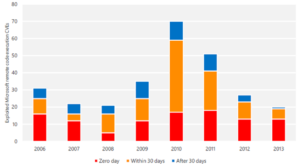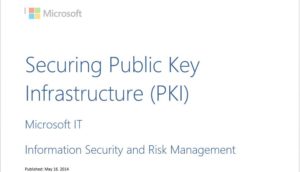Microsoft Interflow: a new Security and Threat Information Exchange Platform
<p>Today, the Microsoft Security Response Center (MSRC) announced the private preview of <a href="http://approjects.co.za/?big=interflow">Microsoft Interflow</a>. This is a security and threat information exchange platform for cybersecurity analysts and researchers.</p> <p>Interflow provides an automated machine-readable feed of threat and security information that can be shared across industries and community groups in near real-time. This platform provides this information using open specifications <a href="http://stix.mitre.org/">STIX™ (Structured Threat Information eXpression), </a><a href="http://taxii.mitre.org/">TAXII™ (Trusted Automated eXchange of Indicator Information), </a>and<a href="http://cybox.mitre.org/"> CybOX™ (Cyber Observable eXpression standards). </a>This enables Interflow to integrate with existing operational and analytical tools that many organizations use through a plug-in architecture. It has the potential to help reduce the cost of defense by automating processes that are currently performed manually. </p> <p>You can get more information on Microsoft Interflow on the <a href="/b/msrc/archive/2014/06/23/announcing-microsoft-interflow.aspx">MSRC blog</a>, and as well as in this <a href="http://technet.microsoft.com/en-us/security/dn726547">FAQ</a> and at <a href="http://approjects.co.za/?big=interflow">www.microsoft.com/interflow</a>.</p>




